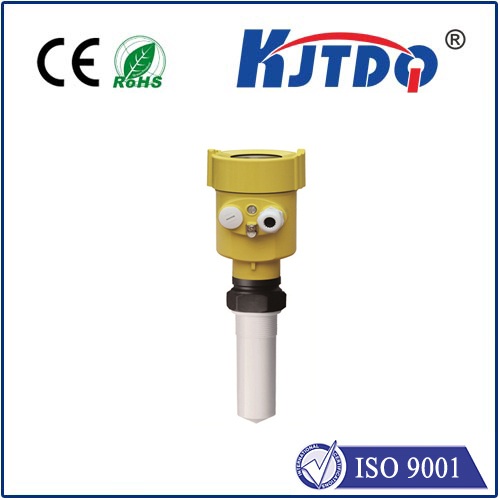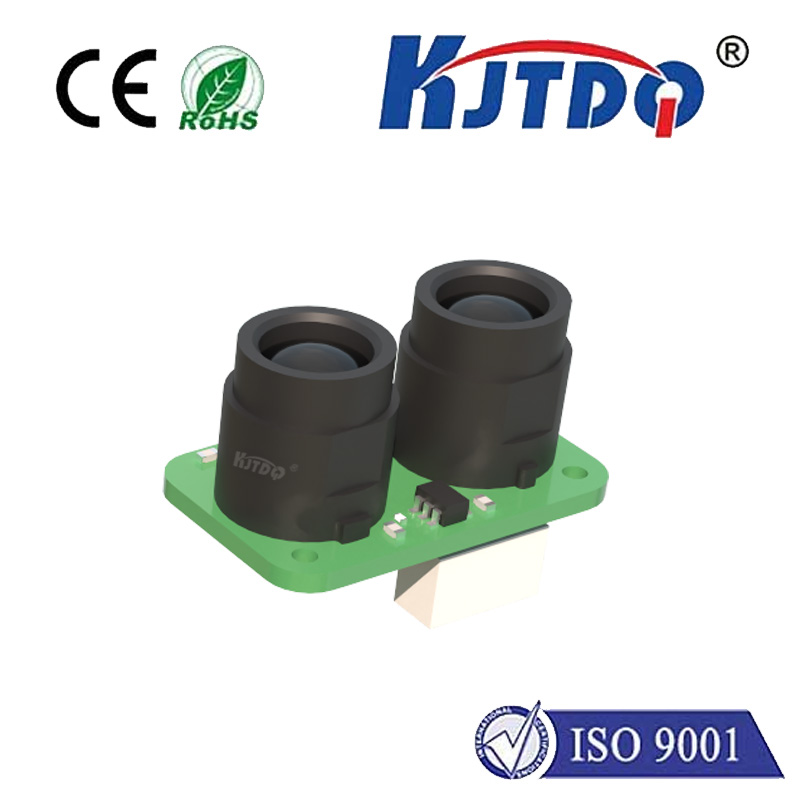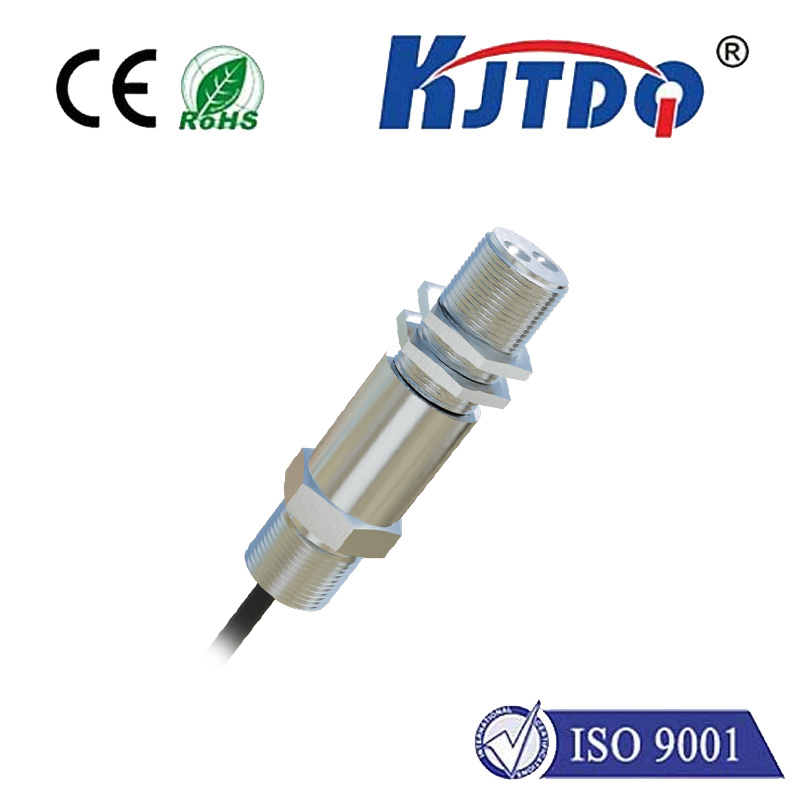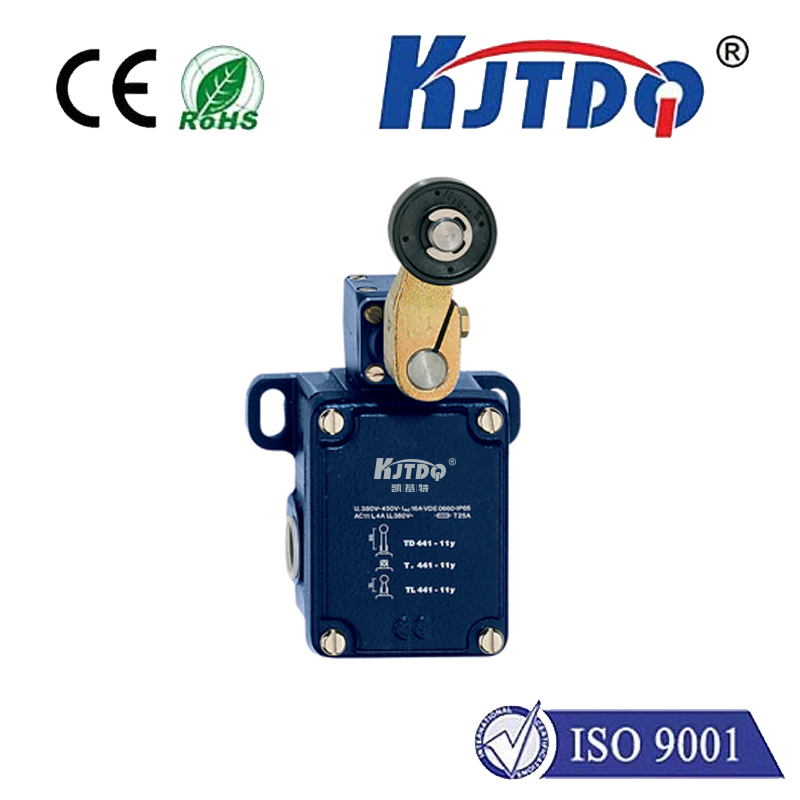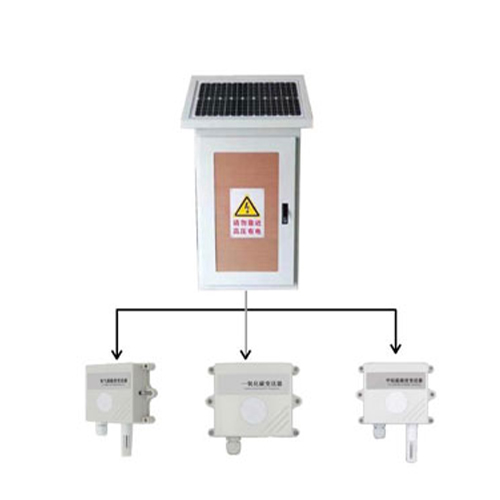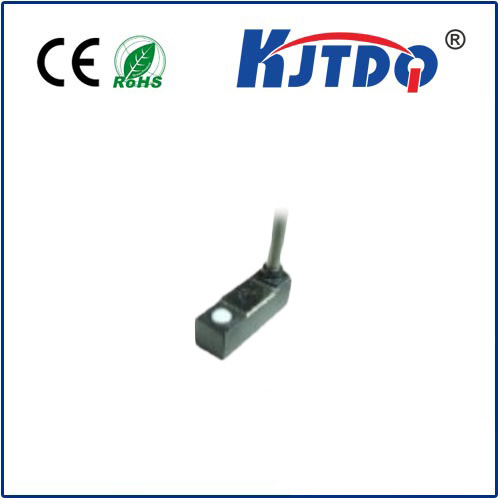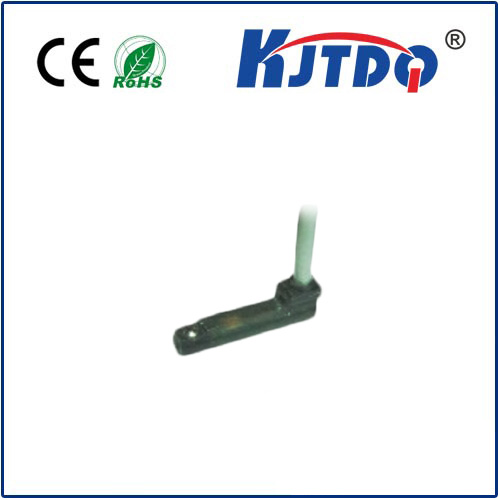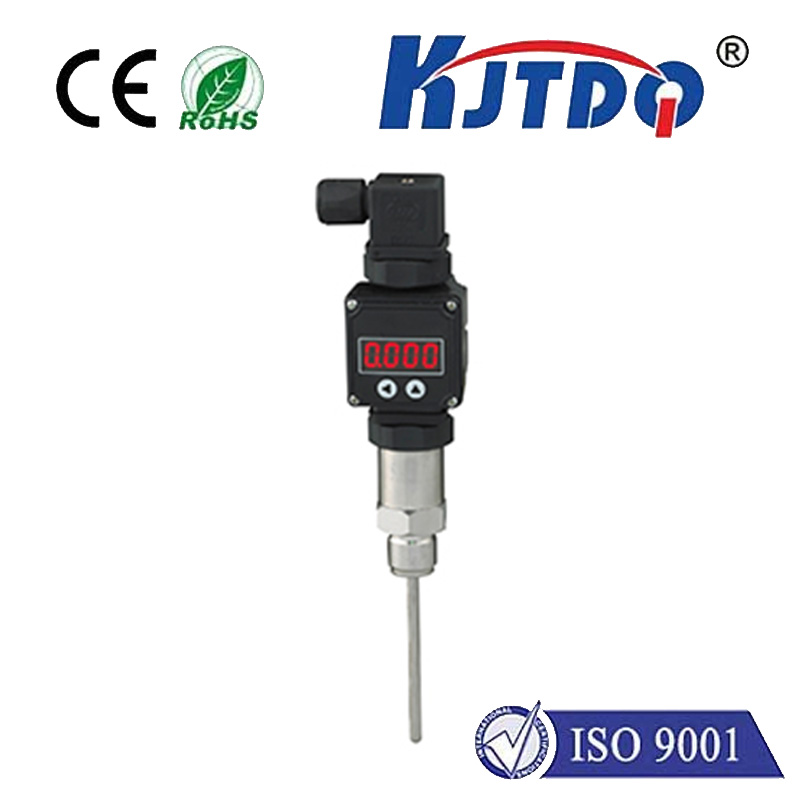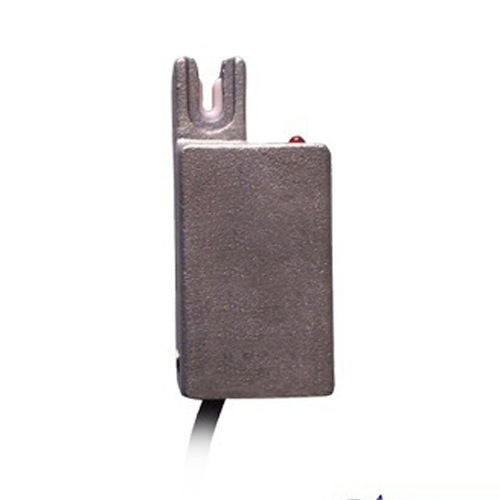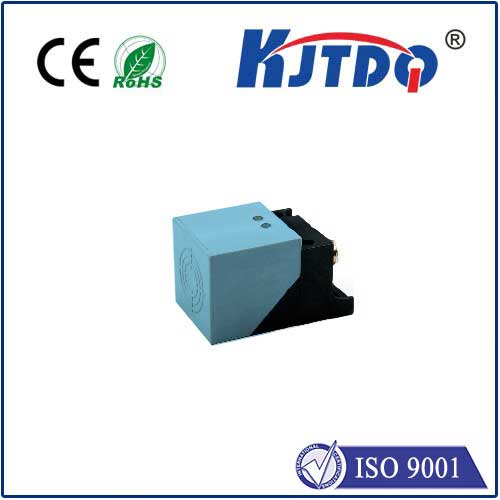

check

check

check

check

check

check

check

check

check

check
In today’s rapidly evolving technological landscape, the demand for precise and efficient sensor systems has never been higher. Among these innovative advancements, analog proximity sensors stand out as critical components in a variety of applications. These sensors are pivotal in ensuring seamless operation and enhanced performance across multiple industries. Let’s delve into what makes analog proximity sensors indispensable in modern technology.
Analog proximity sensors are electronic devices designed to measure the distance or presence of objects without making physical contact. They operate on the principle of detecting changes in electromagnetic fields caused by the proximity of a target object. Unlike digital sensors that provide binary outcomes (on/off), analog sensors offer continuous output signals corresponding to the distance of the object, providing more nuanced and detailed information.
The core functionality of an analog proximity sensor revolves around its ability to convert the variations in magnetic fields into electrical signals. When an object approaches or moves away from the sensor, it alters the local magnetic field. This change is then detected by the sensor, which subsequently generates an analog signal proportional to the distance of the object. This signal can be further processed by control systems to trigger specific actions based on predefined thresholds.

Patient Monitoring Devices: Analog proximity sensors assist in monitoring the movement and respiration patterns of patients, providing critical data for healthcare providers.
Surgical Instruments: They ensure precise positioning and movement within minimally invasive surgical procedures, enhancing patient safety and recovery times.
Precision: The continuous output allows for more detailed and accurate measurements compared to digital alternatives.
Versatility: Suitable for a wide range of environments and applications due to their robustness and adaptability.
Cost-Effective: Often cheaper compared to other advanced sensing technologies while still providing reliable and accurate data.
In summary, analog proximity sensors are integral to many cutting-edge technologies, providing precise and reliable measurements crucial for various applications. Their ability to deliver detailed feedback without physical contact ensures they remain indispensable in both existing and future technological developments.
